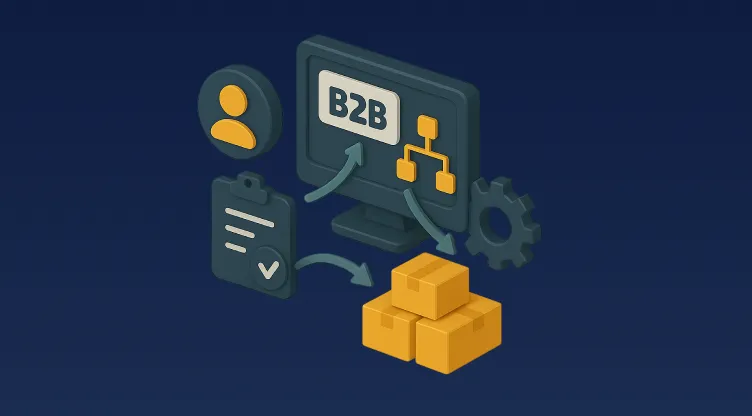
What is purchase order? A PO is a commercial document given out by the buyer to a seller indicating different types, quantities & agreed-upon prices of the products or services. It is considered a legal offer to buy, which becomes a contract when accepted by the supplier.
Read More8 Min Read

POs form the heart of inventory needs and organizing and tracking. With such details on the specifics of every transaction in POs- the item description, quantity, and delivery terms will always be an open understanding by a business as to what they order.
Read More7 Min Read

Discover how poor order accuracy impacts profits and how Omniful OMS improves precision, speed, and customer satisfaction through automation.
Read More8 Min Read

The B2B e-commerce market is growing faster than ever. Asia is clearly dominating 80% of the global market and North America is growing at a speed that exceeds 14% market share.
Read More10 Min Read

See how modern supply chains use AI and automation to cut costs, reduce emissions, and drive sustainable growth at scale.
Read More5 Min Read

In today’s fast-paced eCommerce, retail, and logistics landscape, businesses need efficient systems to manage orders and inventory seamlessly. Two critical solutions that power these operations are Order Management Systems (OMS) and Inventory Management Systems (IMS).
Read More6 Min Read

If you’re running an e-commerce platform, a retail store, or both, you’ve probably felt that sinking feeling when orders start piling up, inventory gets messy, and customers are breathing down your neck, asking where their stuff is. It’s chaotic, right? Here’s the good news: Omniful’s Cloud-Based Order Management System could be the fix that saves the day, and breaking it down feels pretty exciting.
Read More7 Min Read

Learn how to scale high-volume e-commerce in Saudi Arabia using an Order Management System (OMS) to boost efficiency, reduce costs, and enhance customer satisfaction.
Read More4 Min Read

In the fast-paced world of commerce, returns are no longer a side note—they are a defining feature of customer experience and business efficiency. From fashion and electronics to FMCG and homeware, every industry battles unique challenges in managing returns effectively. Understanding how your returns ratio compares across sectors is crucial to refining your reverse logistics and strengthening your logistics and supply chain management.
Read More5 Min Read
Transform your business with Omniful
Where Efficiency Meets Innovation for Unparalleled Success